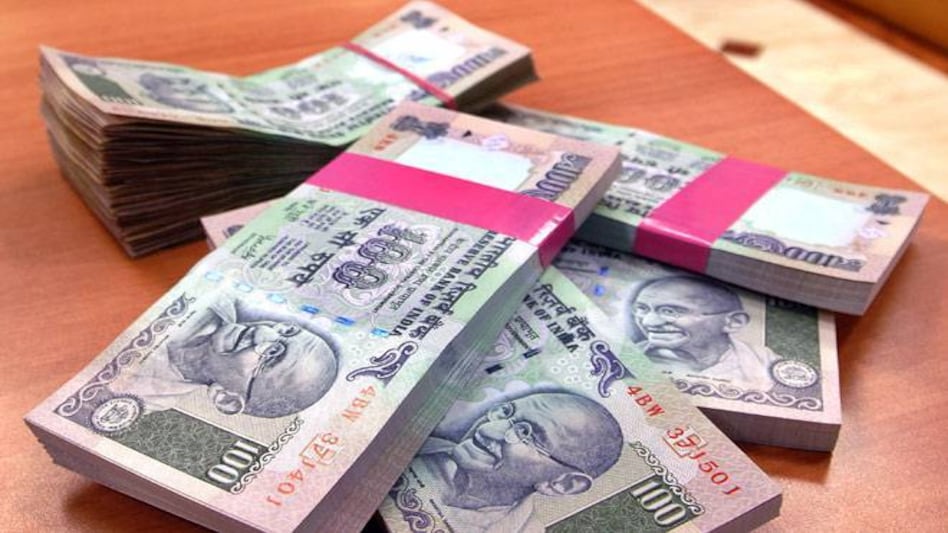

Thanks to demonetisation, operations for most microfinance institutions have come to a near standstill. Loan disbursements and their repayments have almost stopped for many microfinance institutions (MFIs) and therefore, in a sense, the Indian microfinance sector is largely on a holiday. The MFIs cannot accept the old notes as they are no more legal tender. And therefore, disbursements have come to a near standstill because cash is not available to the extent required and even if some MFIs do it electronically, they seem to have stopped because they can credit the borrower's account but they themselves cannot draw the cash.
The problem is not uniform across the country. Some argue that in the South, the repayments have perhaps been a bit better there than elsewhere. Most of the MFIs (microfinance institutions) have therefore opted to temporarily put collections "on hold" - what some others call a "repayment holiday". These could be sums as small as Rs 200 to Rs 1,000 from borrowers depending on whether they are weekly or monthly repayments. This does not seem to have hit those MFI entities that operate as business correspondents for banks. But then, the timing may be quite inappropriate from a borrowers' perspective, given the coming Rabi season, there will be greater demand for loans. As would be the case for the coming marriage season, which might also be a trigger for seeking more loans, at least by small traders.
According to P. Satish, Executive Director, Sa-Dhan, a sector association for micro-lending institutions, "there has been an impact and collections on the whole are down by 30-40 per cent. However, these are largely from rural and remote locations and not so much from urban areas. " He says, since 85-90 per cent of disbursements are usually given away by cash, the whole development is likely to impact growth. The sector has been growing at around 60 per cent and now, he feels, there could be contraction instead of growth this year partly because some of the players are moving out and becoming small finance banks coupled with the effects of demonetisation.
There are also rumours going round in select regions that the loans that some of the poor borrowers have taken have all been waived. To this, Satish says, "Yes, we have also heard this from some pockets like in Vidharba in Maharashtra and from Western UP but we and others in the sector are educating the borrowers that this is not true and non repayment may actually spoil their credit history, which may be bad for them in the long run."
M.S. Sriram, Adjunct Professor of Finance at the Indian Institute of Management, Bangalore (IIM-B), who has studied microfinance closely over the years, makes an interesting observation: "Indian microfinance tends to get cursed and blessed together. Whenever there are signs of overheating, the sector also gets a ready external target it can blame for all the ills. For instance, in 2010, there was the ordinance by the Andhra government and now, cash availability challenges." Now, because of the high growth, over 100 per cent growth, by some estimates, it was beginning to show signs of overheating and there were sector will see some implosion. However, he feels, there could be a correction now and they could all blame it on the currency scenario.
"The January to March quarter, which is usually spent by the microfinance institutions on getting new clients and for offering new loans, will instead see them focusing more on loan recoveries," says Chandni Ohri, CEO, Grameen Foundation in India. It is an entity that operates as a technical expert to various financial service providers and works extensively with microfinance institutions.
So, ultimately, one may see some impact on growth rates overall.